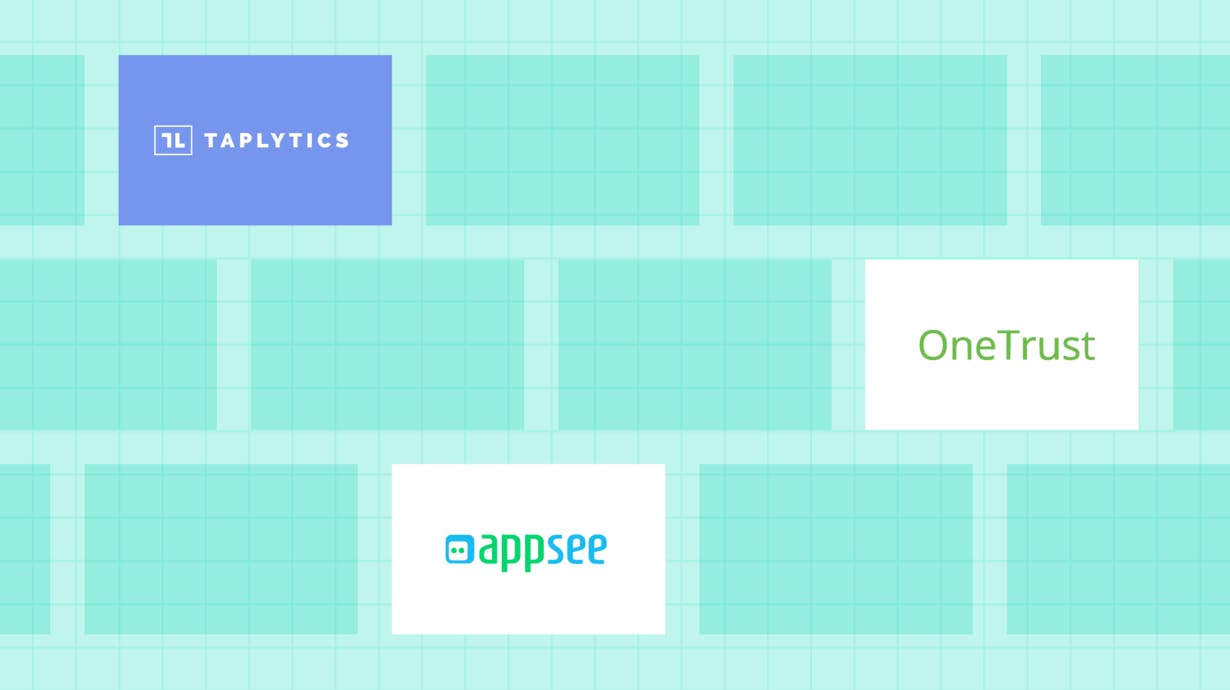What’s new at mParticle, October 2018
To serve our customers in a rapidly-changing environment, mParticle is committed to expanding its partner ecosystem by continuously adding new partners and integrations. Here’s a round up of the top integrations added in October 2018:

New events integrations
Taplytics
Taplytics helps to create deeply personal and engaging experiences through experimentation, A/B testing, push notifications, and messaging across the whole customer journey. Their intelligent experience cloud allows you to test your ideas across iOS, Android, and web, and make data-informed decisions backed by their AI assistant, Dexter.
This new integration makes it possible to share user actions and device information directly with Taplytics in real time. mParticle collects granular data such as screen views, purchases, and login/logout events so product managers can focus on using Taplytics to experiment with new features and user flows.
Appsee
Appsee's app analytics platform provides an in-depth analysis of your users' behavior, allowing you to deliver the ultimate app experience. Their user recording and touch heatmap features allow you to see your app through your users' eyes to understand what’s “working” for your mobile app and what isn’t.
This new integration allows app owners to build user funnels in Appsee based on data collected by mParticle. Within the Appsee platform you can also click on an event and see a video capture of the user performing that action, allowing you to drill down into what exactly is inhibiting your users from converting.
OneTrust
OneTrust’s privacy management and marketing compliance software helps companies comply with data privacy regulations across sectors and jurisdictions, including the GDPR and ePrivacy. Their Consent & Preference Management center integrates into your existing consent collection workflows to manage the entire lifecycle, from collection through withdrawal.
This new integration allows mParticle’s Javascript SDK to collect consent decisions made via OneTrust’s UI and tie them back to user profiles. Marketers can then use mParticle consent controls to limit what data is shared with partners based on consent decisions. For example if a user opts out of receiving emails, mParticle will stop sharing data with your email provider for that particular user.


